

Articles
How To Store Decorative Pillows
Modified: August 27, 2024
Learn how to properly store your decorative pillows to keep them fresh and beautiful with our helpful articles. Discover the best tips and tricks for maintaining the quality of your pillows.
(Many of the links in this article redirect to a specific reviewed product. Your purchase of these products through affiliate links helps to generate commission for Storables.com, at no extra cost. Learn more)
Introduction
Decorative pillows can add a touch of elegance and style to any room. Whether they are adorned with vibrant colors or intricate designs, these pillows serve as decorative accents that enhance the overall aesthetic appeal of your home. However, when not in use, it is important to store decorative pillows properly to maintain their quality and extend their lifespan.
In this article, we will guide you through the process of storing decorative pillows effectively. By following these steps, you can ensure that your pillows remain clean, protected, and ready to be displayed whenever you want to freshen up your living space.
Key Takeaways:
- Proper storage of decorative pillows is crucial for maintaining their quality and visual appeal. Choose the right storage method, clean and dry the pillows, and utilize vacuum-sealed bags for long-term storage to ensure they remain in pristine condition.
- Protect decorative pillows from direct sunlight and moisture, and consider using pillow covers or storage containers for added protection. Rotate and fluff the pillows regularly to maintain their shape and comfort, ensuring they are always ready to enhance your living space.
Read more: How To Store Pregnancy Pillow
Step 1: Choose the Right Storage Method
When it comes to storing decorative pillows, selecting the appropriate storage method is crucial. The storage method you choose will depend on various factors, including the size and shape of your pillows, the available storage space, and the duration for which you plan to store them.
One popular storage method is using plastic storage bags. These bags provide protection from dust, dirt, and moisture. Ensure that the bags you use are large enough to accommodate the size of your pillows without compressing them too much.
Another option is to use pillowcases or fabric storage bags. These are more breathable than plastic bags and allow air circulation, which can help prevent mold and mildew from forming. Make sure the pillowcases or fabric bags are clean and free of any stains or odors before storing your pillows in them.
If you have limited storage space, consider utilizing under-bed storage containers or vacuum-sealed bags. Vacuum-sealing your pillows not only saves space but also protects them from dust and insects.
Whichever storage method you choose, it is important to label the bags or containers to easily identify specific pillows when needed. This will save you time and effort when you want to retrieve specific pillows from storage.
By selecting the right storage method, you can ensure that your decorative pillows remain in pristine condition and are easily accessible when you need to decorate your space.
Step 2: Clean and Dry the Pillows
Before storing your decorative pillows, it is important to clean them thoroughly. Over time, pillows can accumulate dirt, allergens, and stains, so giving them a proper cleaning will help maintain their quality.
Check the care instructions provided by the pillow manufacturer to determine the appropriate cleaning method. Many decorative pillows are machine washable, but some may require spot cleaning or professional cleaning.
If your pillows are machine washable, use a gentle cycle and mild detergent. Avoid using bleach or harsh chemicals that could damage the fabric. It is also a good idea to wash the pillows separately or with other items of similar colors and fabrics to prevent any color bleeding.
After washing, ensure that the pillows are completely dry before storing them. Damp pillows can develop a musty smell and encourage the growth of mold and mildew. You can either air-dry the pillows outdoors or use a dryer on a low heat setting. Adding a few clean tennis balls or dryer balls to the dryer can help fluff the pillows and restore their shape.
For pillows that cannot be machine washed, spot clean them using a gentle cleanser or upholstery cleaner. Always follow the instructions provided on the cleaning product and use a clean cloth or sponge to gently remove any stains or dirt. Allow the pillows to air dry completely before moving on to the next step.
By properly cleaning and drying your pillows, you can ensure that they are fresh and ready to be stored without the risk of odors or damage.
Step 3: Use Vacuum-Sealed Bags for Long-Term Storage
If you’re planning to store your decorative pillows for an extended period, using vacuum-sealed bags is a great option to maximize space and protect your pillows from dust, moisture, and pests.
Vacuum-sealed bags work by removing the air from the bag, compressing the pillows and creating a tight seal. This not only saves a significant amount of storage space but also prevents any potential damage caused by exposure to air and humidity.
To use vacuum-sealed bags, follow these steps:
- Place the clean and dry pillows inside the bag. Be sure not to overstuff the bag, as this may prevent an effective seal.
- Seal the bag tightly, ensuring no air can escape. Most vacuum-sealed bags come with a zip-lock or slider mechanism to secure the opening.
- Attach a vacuum cleaner to the designated valve on the bag. Make sure the vacuum cleaner is set on the appropriate setting for suction.
- Start the vacuum cleaner and allow it to remove the air from the bag. You will notice the bag gradually shrinking and the pillows getting compressed.
- Once the air has been completely removed, quickly disconnect the vacuum cleaner and immediately close the valve on the bag to maintain the seal.
When using vacuum-sealed bags, it is important to handle them with care and avoid any sharp objects or rough handling that may puncture the bag. If a puncture occurs, it may compromise the vacuum seal and expose the pillows to potential damage.
Remember to label the vacuum-sealed bags with the contents and date to keep track of the stored pillows. This will help you locate specific pillows easily when needed.
By utilizing vacuum-sealed bags for long-term storage, you can protect your decorative pillows and make the most of your available storage space.
Step 4: Store Pillows in a Cool and Dry Place
Proper storage conditions play a vital role in maintaining the quality of your decorative pillows. When selecting a storage location, it is essential to choose a cool and dry place that is free from direct sunlight and excessive moisture.
Extreme temperature fluctuations and prolonged exposure to sunlight can cause the fabric of the pillows to fade, weaken, or become brittle over time. Additionally, high humidity levels can create a breeding ground for mold and mildew, leading to unpleasant odors and potential damage.
Look for a storage area such as a closet, basement, or attic that maintains a consistent temperature and humidity level. Avoid storing pillows in areas prone to high moisture, such as a damp basement or near a bathroom.
If you live in a particularly humid climate, consider using a dehumidifier or moisture absorber in the storage space to keep the environment dry. This additional measure helps prevent moisture buildup and protects your pillows from damage.
Ensure that the storage area is clean and free from any potential contaminants that may attract pests or cause damage to the pillows. Keep an eye out for any signs of pests, such as droppings or chewed materials, and take necessary measures to eliminate them before storing your pillows.
By storing your decorative pillows in a cool and dry environment, you can help preserve their quality and ensure they remain in excellent condition until you’re ready to use them again.
Store decorative pillows in a breathable storage bag or container to protect them from dust and moisture. Avoid storing them in plastic bags, as this can trap moisture and lead to mold and mildew.
Read more: How To Store Throw Pillows
Step 5: Avoid Direct Sunlight and Moisture
Protecting your decorative pillows from direct sunlight and moisture is crucial to maintaining their color, texture, and overall quality. Exposure to sunlight can cause fading, while moisture can lead to mold, mildew, and musty odors.
Avoid storing your pillows in areas where they are directly exposed to sunlight, such as near windows or glass doors. UV rays can gradually fade the colors and weaken the fibers of the fabric, diminishing the visual appeal of your pillows over time. If it’s not possible to avoid sunlight completely, consider using curtains or blinds to limit the amount of direct sunlight that reaches the pillows.
In addition to sunlight, moisture is another enemy of decorative pillows. Moisture can seep into the fabric and create an environment conducive to the growth of mold and mildew. This can not only cause damage to the pillows but also result in unpleasant odors that are difficult to remove.
Ensure that the storage area is dry and well-ventilated. If you live in a humid climate, use moisture-absorbing products like silica gel packets or desiccants to help reduce any excess moisture in the air. These moisture absorbers can be placed near the stored pillows to maintain a dry environment.
Avoid storing decorative pillows in basements, attics, or other areas prone to high humidity levels. If you must store the pillows in these areas, consider investing in dehumidifiers to regulate the moisture content and protect your pillows from potential damage.
By keeping your decorative pillows away from direct sunlight and moisture, you can extend their lifespan and preserve their visual appeal for years to come.
Step 6: Consider Using Pillow Covers or Storage Containers
To provide an extra layer of protection for your decorative pillows, consider using pillow covers or storage containers. These added measures can help safeguard the pillows from dust, dirt, and potential damage during storage.
Pillow covers, also known as pillow shams or pillow protectors, are fabric cases that fit over the pillows. They provide a barrier against dust and allergens, keeping the pillows clean and fresh. Pillow covers are available in various materials, such as cotton, polyester, or microfiber. Choose covers that are breathable to allow proper air circulation.
Before storing your pillows, place each one in a clean pillow cover. This will prevent them from coming into direct contact with any storage bags or containers, reducing the risk of fabric friction and potential damage.
If you prefer a more organized storage solution, consider using storage containers specifically designed for pillows. These containers are typically made of durable materials, such as plastic or fabric, and come in various sizes to accommodate different pillow sizes and quantities.
When using storage containers, ensure that they are clean and free from any moisture or pests. Place the pillows inside the containers, making sure they are not compressed too tightly. Label the containers with the contents and date for easy identification and retrieval in the future.
Using pillow covers or storage containers not only provides an additional layer of protection but also helps keep your storage space organized. You can stack the covered pillows or neatly arrange the containers, making it easier to retrieve specific pillows when needed.
By considering the use of pillow covers or storage containers, you can maintain the cleanliness and integrity of your decorative pillows throughout their storage period.
Step 7: Rotate and Fluff Pillows Regularly
To prevent your decorative pillows from becoming flat or lumpy, it is important to rotate and fluff them regularly while they are in storage. This simple step helps to maintain their shape and ensures that they are ready to use whenever you want to display them.
Rotate the pillows every few months to evenly distribute the weight and pressure. This prevents one side of the pillow from bearing the brunt of the weight while the other side remains compressed. By rotating them, you can minimize the risk of developing permanent indentations or uneven wear.
Fluffing the pillows is equally important to restore their loft and maintain their softness. Gently knead and squeeze the pillows to loosen the fibers and distribute the filling evenly. This will help the pillows regain their original shape and feel more comfortable when used again.
Fluffing can be done by hand or with the help of a dryer. If using a dryer, place the pillows in the dryer on a low heat or air-only setting. Add a couple of clean tennis balls or dryer balls to the dryer to aid in the fluffing process. The balls will help to break up any clumps and restore the pillows’ plumpness.
Make it a habit to rotate and fluff your decorative pillows every three to six months, even if you’re not planning to change their display. This regular maintenance will help prolong their lifespan and ensure that they always look their best.
By incorporating the practice of rotating and fluffing your pillows regularly, you can preserve their shape and comfort, making them ready for use anytime you want to freshen up your home decor.
Conclusion
Storing decorative pillows properly is essential to maintain their quality, cleanliness, and visual appeal. By following the steps outlined in this article, you can ensure that your pillows are stored in the best possible way, ready to be displayed whenever you want to enhance your living space.
Remember to choose the right storage method that suits the size and shape of your pillows, as well as the duration of storage. Clean and thoroughly dry your pillows before storing them to prevent odors and damage. Vacuum-sealed bags can be a great option for long-term storage, maximizing space and providing protection.
Store your pillows in a cool and dry place, avoiding direct sunlight and moisture that can cause fading, weakening, and the growth of mold and mildew. Consider using pillow covers or storage containers for added protection and organization.
Lastly, don’t forget to rotate and fluff your pillows periodically to maintain their shape and comfort. This simple step will ensure that your pillows are always ready to be used and displayed without any flattening or lumps.
By following these steps, you can optimize the lifespan of your decorative pillows and keep them in pristine condition for years to come. So, go ahead and store your pillows with confidence, knowing that they will be protected and ready to add a touch of elegance to your space whenever you desire.
Frequently Asked Questions about How To Store Decorative Pillows
Was this page helpful?
At Storables.com, we guarantee accurate and reliable information. Our content, validated by Expert Board Contributors, is crafted following stringent Editorial Policies. We're committed to providing you with well-researched, expert-backed insights for all your informational needs.
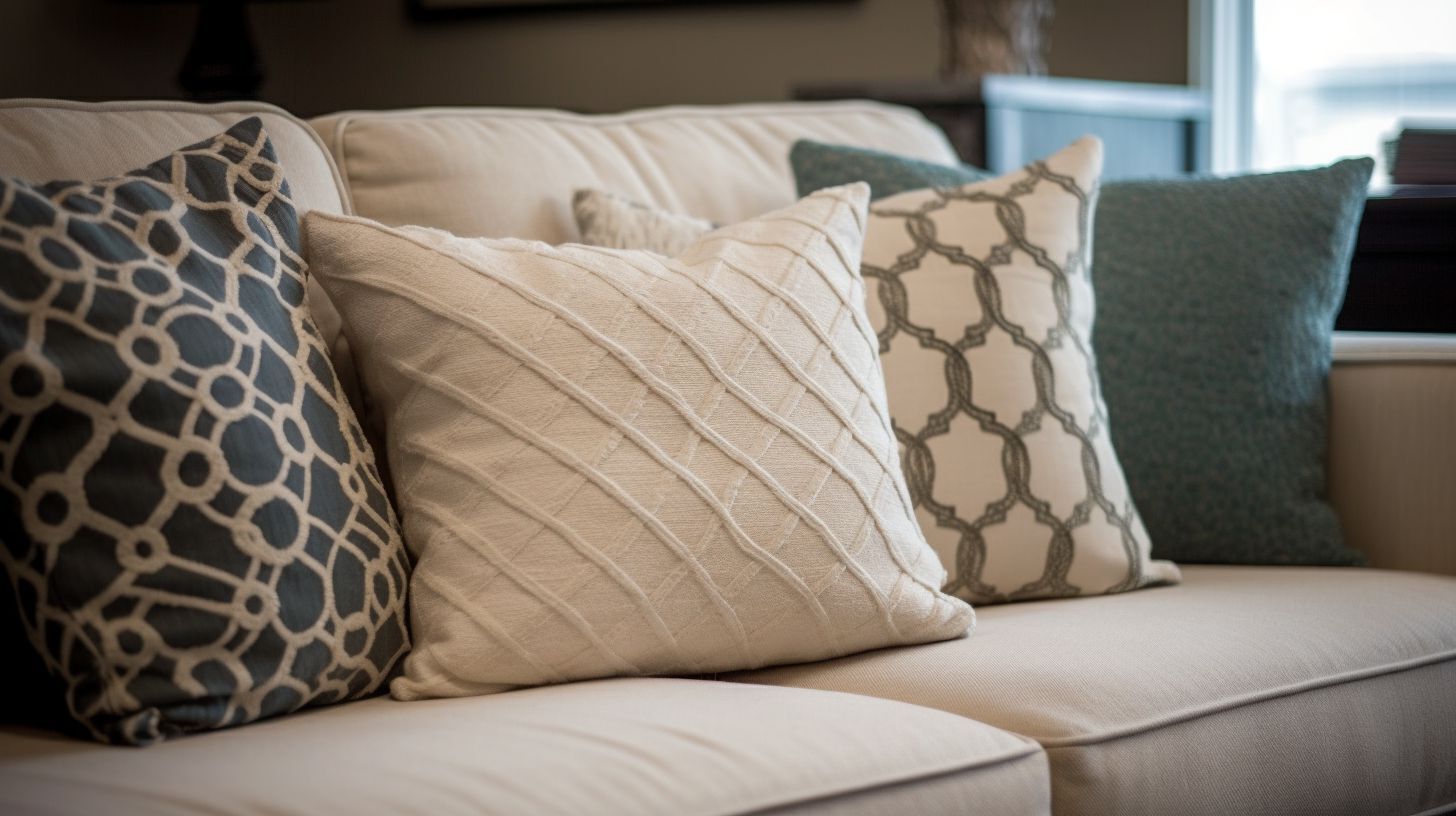

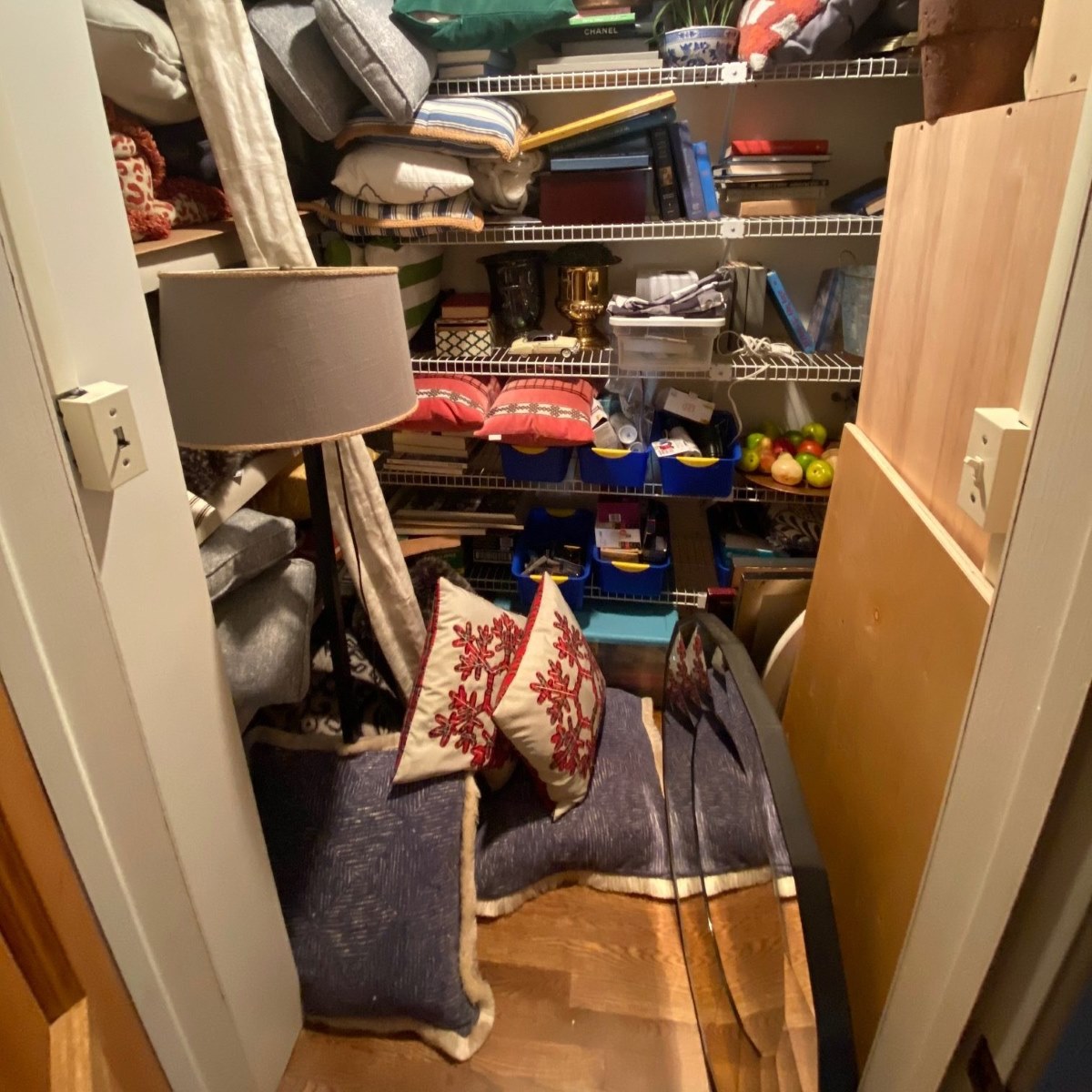
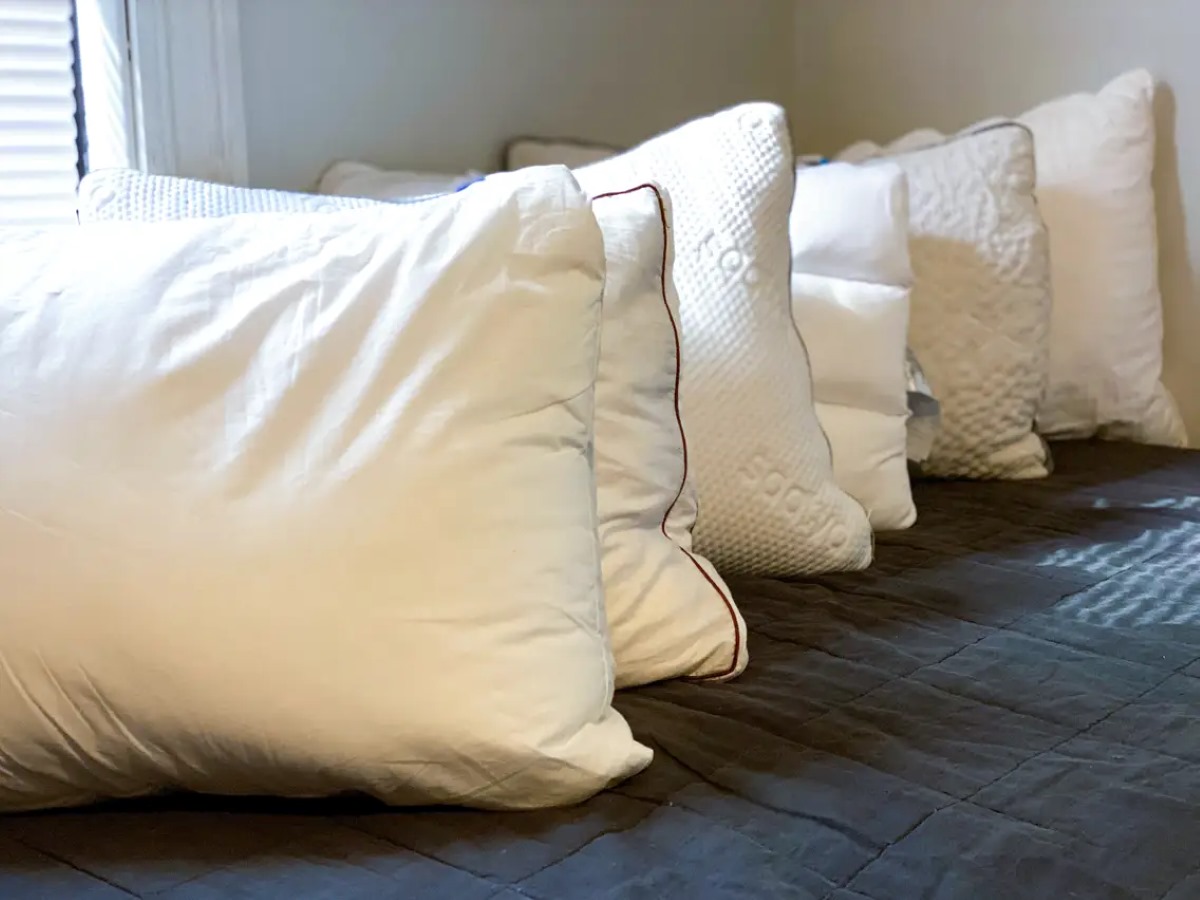
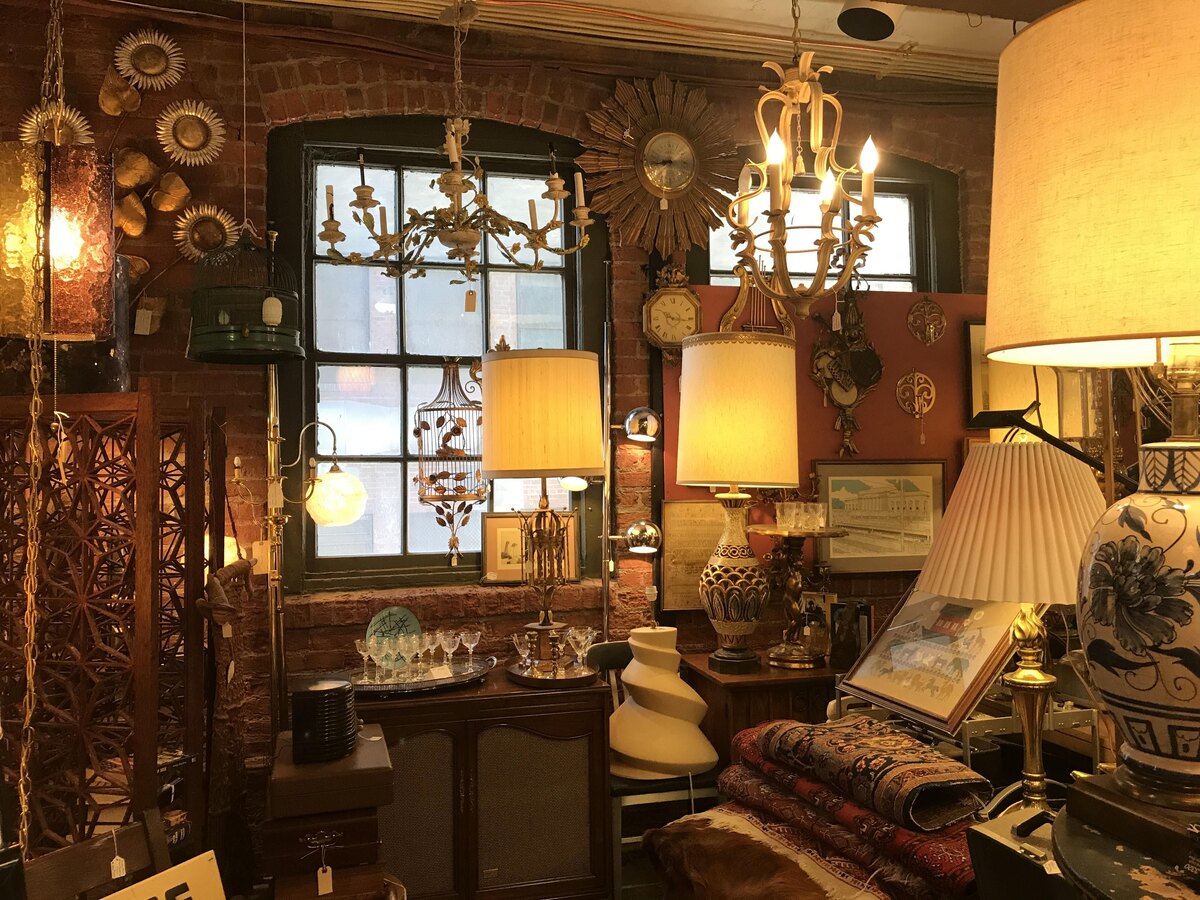
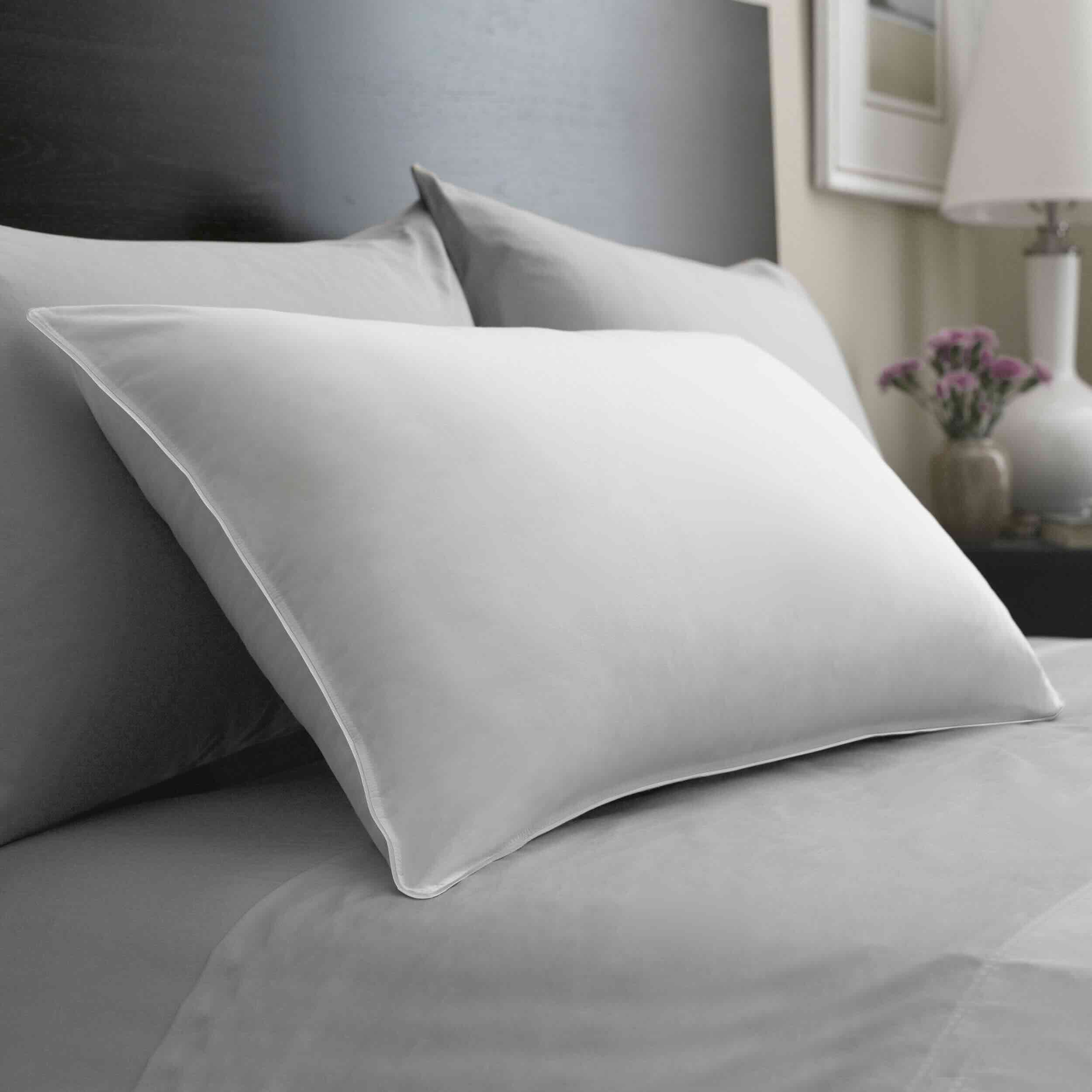
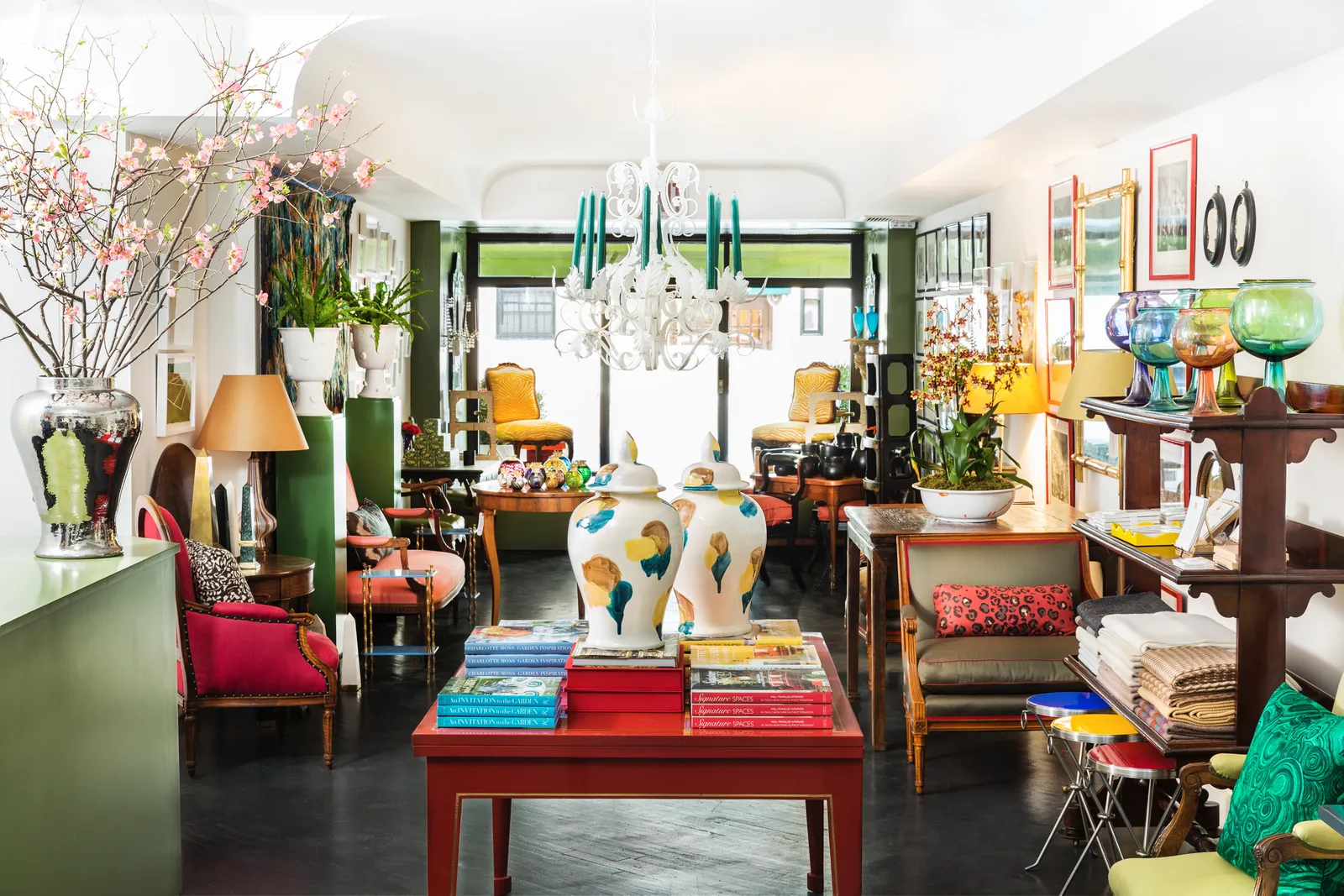
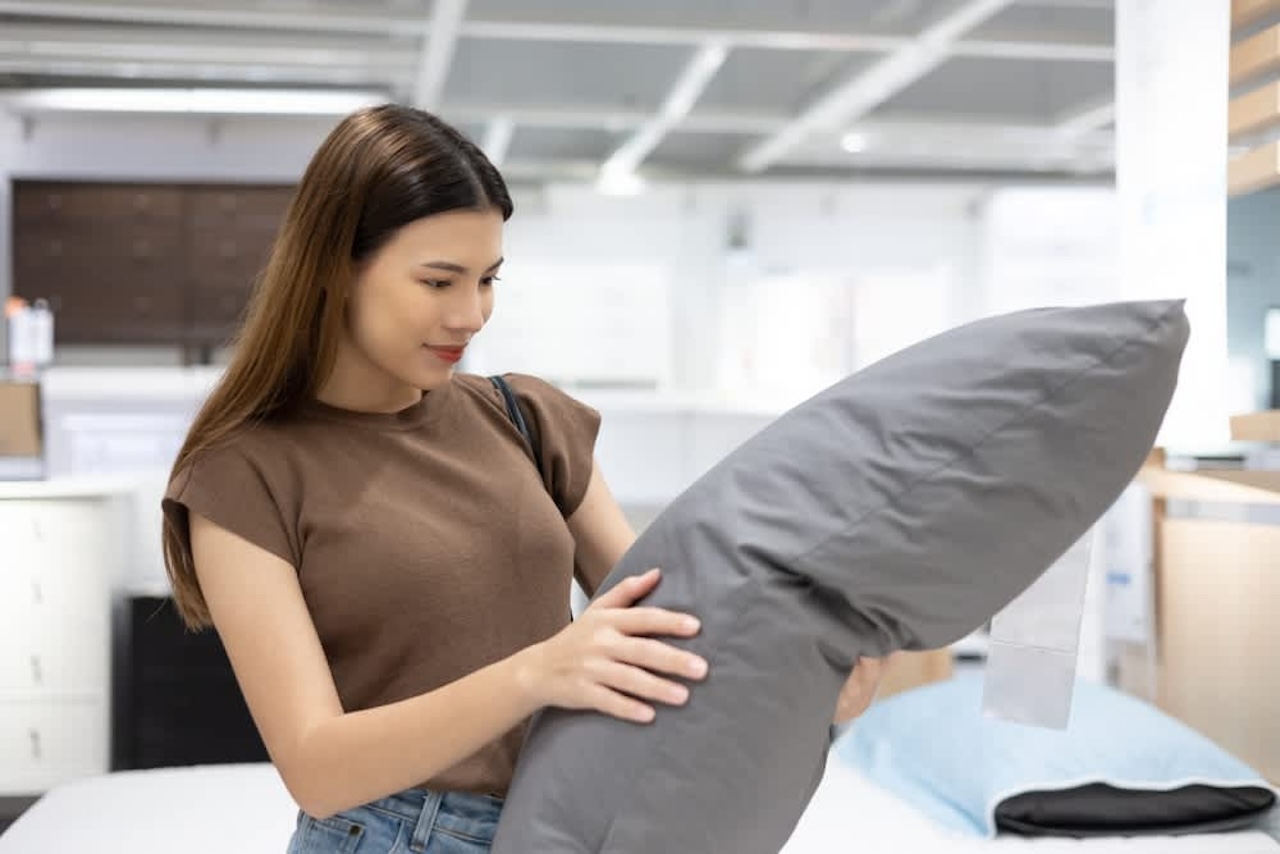
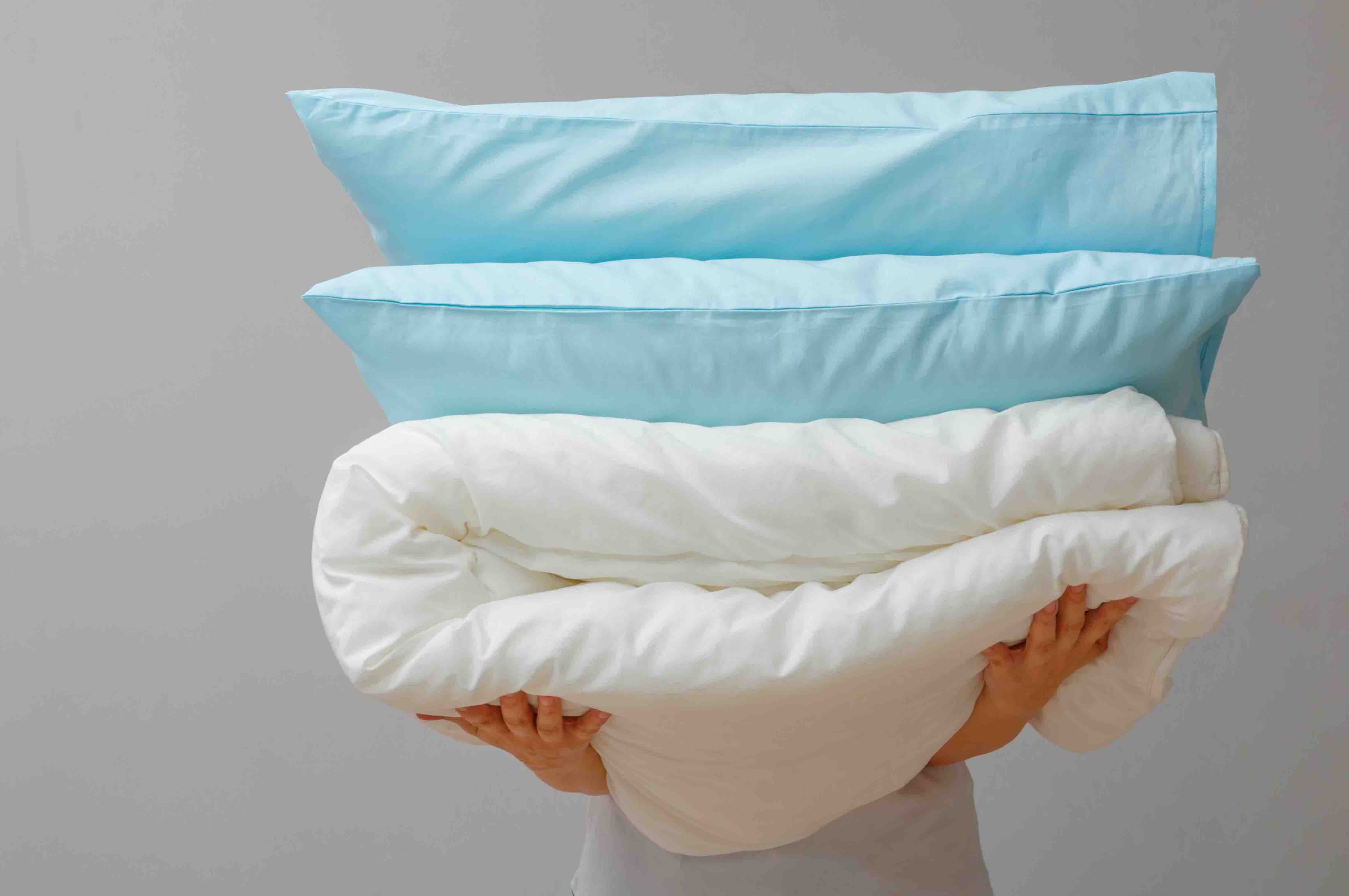
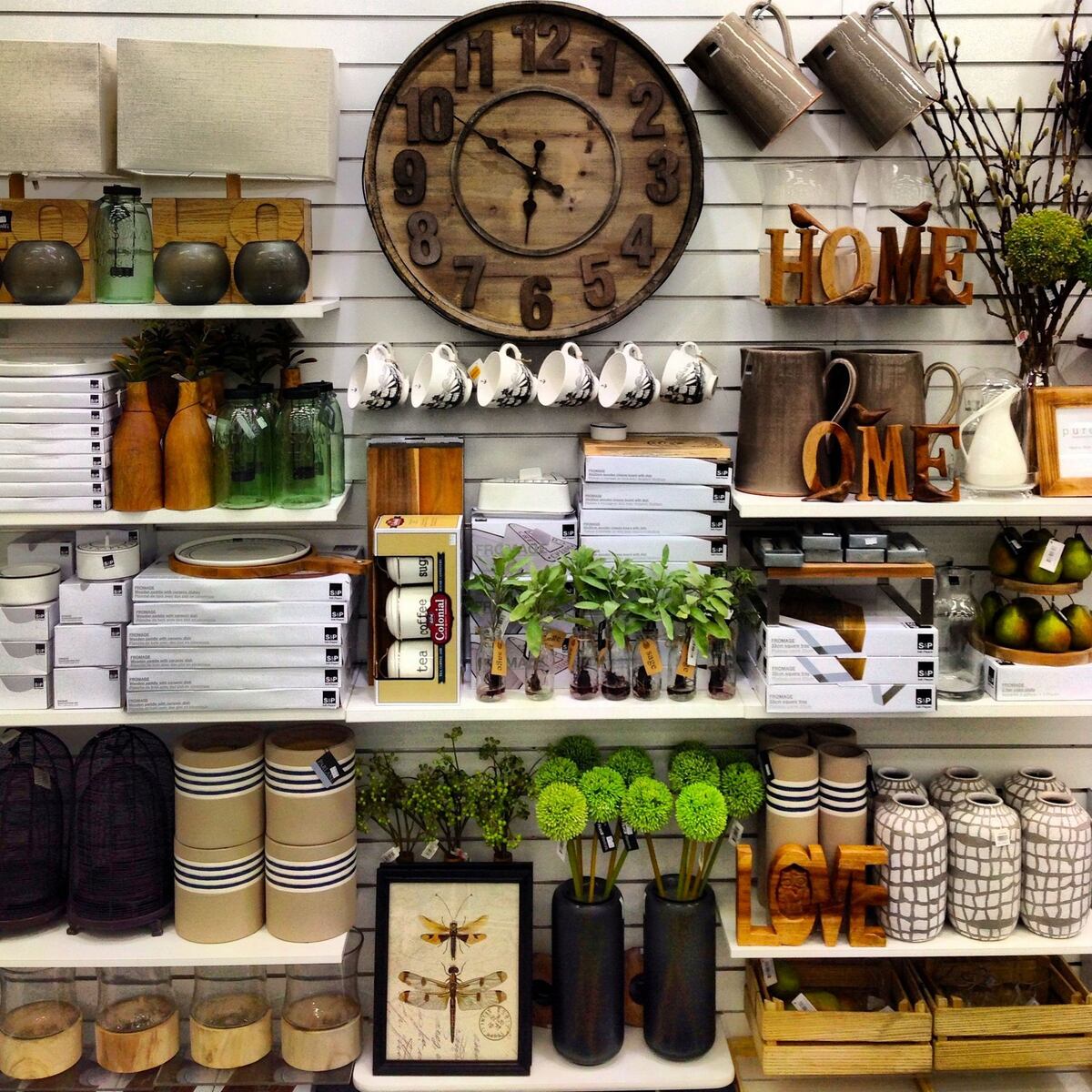
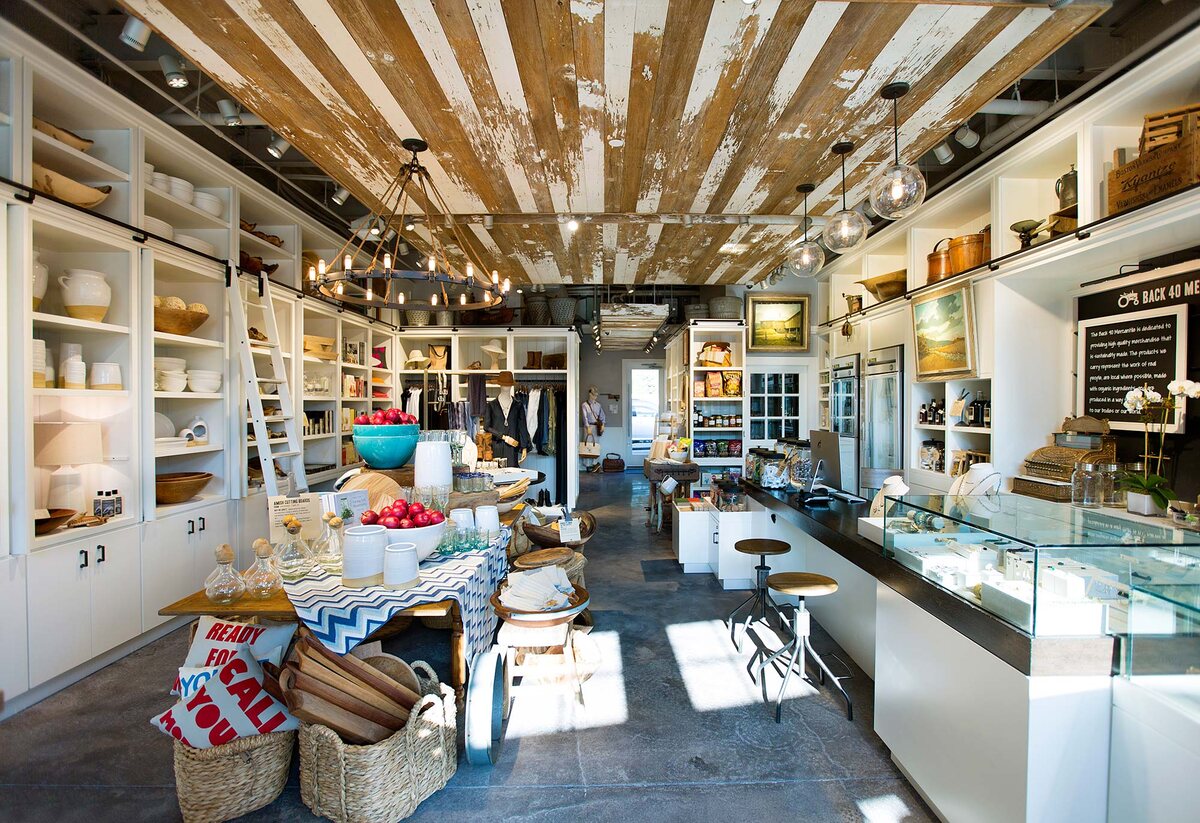
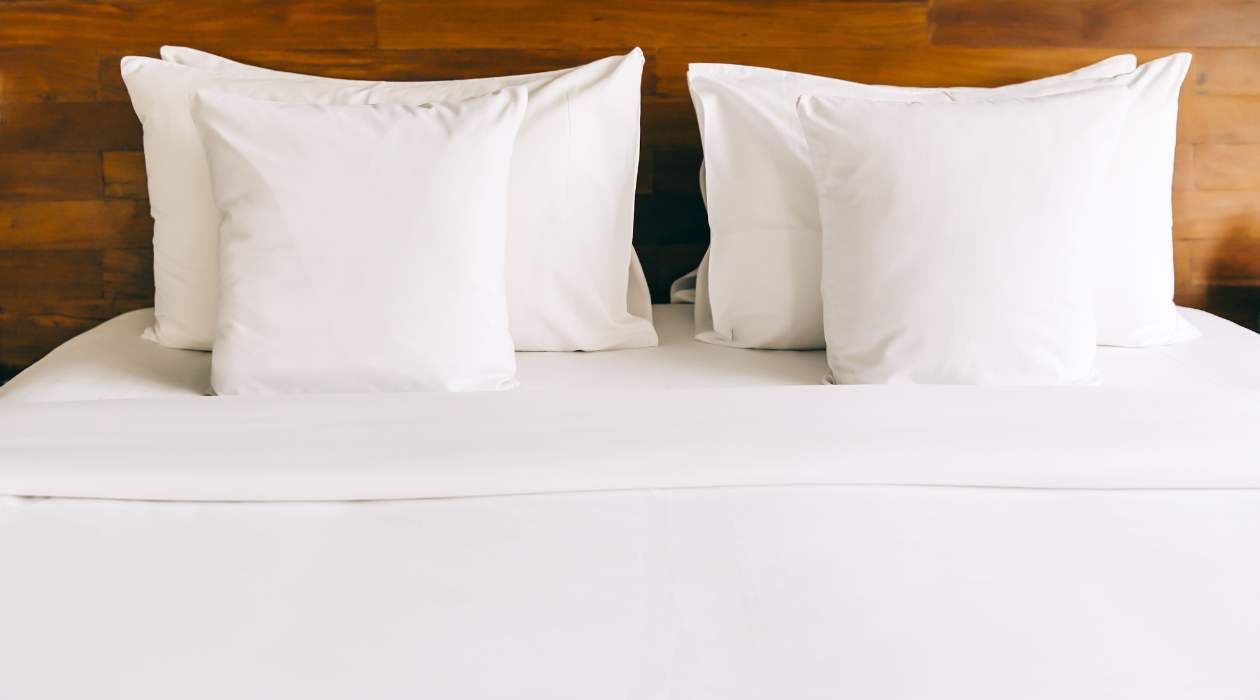
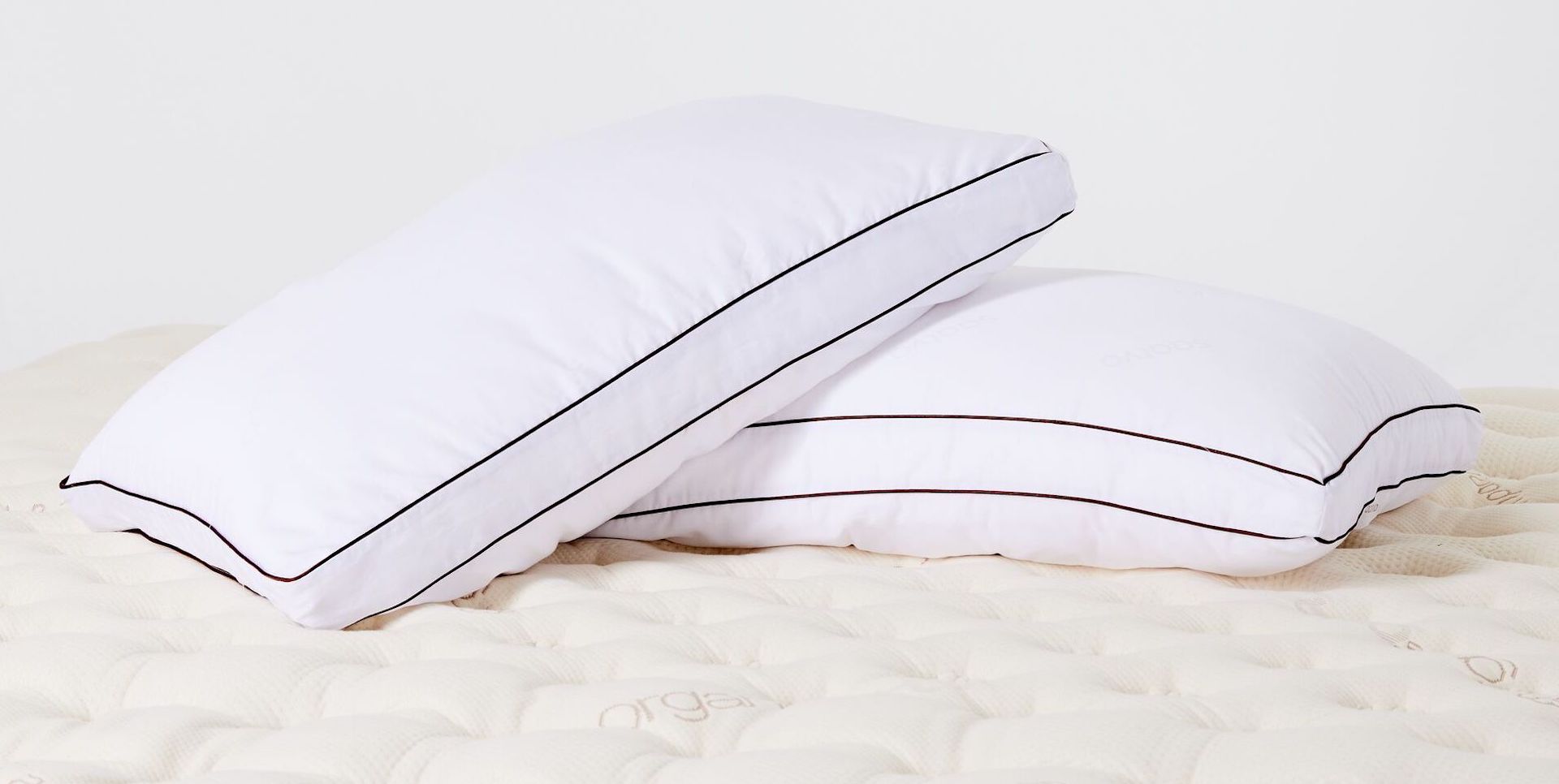


0 thoughts on “How To Store Decorative Pillows”